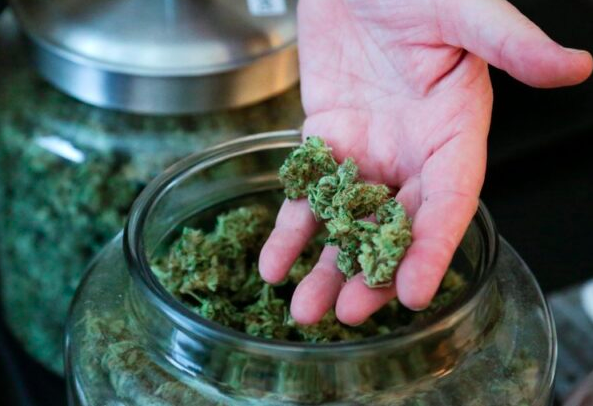Doctors claim the right to use medical cannabis
Federal bans prohibiting the therapeutic and recreational use of cannabis were first imposed by Congress with the Marijuana Tax Act of 1937. Subsequently, the plant’s organic compounds were classified as a Schedule I substance under the Controlled Substances Act of 1970. This classification places the plant in the same supply as heroin. It also states that cannabis has “a high potential for abuse with no currently established medical use”. In contrast, cocaine and methamphetamine can be consumed under the supervision of a doctor and are classified as type II drugs. Examples of Schedule III and IV drugs include anabolic steroids and Valium. Against this classification, some doctors instead claim the right to use medical cannabis, supporting the contribution that the plant could make in the medical field.
In support of the therapeutic use of cannabis
Federal lawmakers continue to use the old drug classification as a means to defend the criminalization of marijuana. However, there appears to be minimal scientific basis for the plant’s categorization. Since its ban has passed to 75 years, researchers continue to study the therapeutic properties of cannabis.
There are over 20,000 reviews and studies published in scientific literature regarding the cannabis plant and its cannabinoids, almost a third of these have been published in the last 4 years. A keyword search on PubMed Central (the US government library) shows only 2,100 studies since 2011.
Modern culture is now catching up to what our ancestors knew, and public opinion and relaxing state legislation are paving the way for more people to use medical marijuana for a wide number of medical conditions. Currently, marijuana for medical purposes is legal in 20 states and the District of Columbia.
The debate continues to simmer at both the state and federal levels. But we are beginning to accept the body of scientific evidence indicating that marijuana may contain powerful medicinal properties that we would be foolish to overlook.
Articles and authors in favor of therapeutic use
Joycelyn Elders, MD, former US Surgeon General, wrote the following in a March 26, 2004 article titled “Myths About Medical Marijuana,” published in the Providence Journal:
“THE PROOF IS THAT MARIJUANA CAN RELIEVE CERTAIN TYPES OF PAIN SUCH AS: NAUSEA, VOMITING AND OTHER SYMPTOMS CAUSED BY DISEASES SUCH AS MULTIPLE SCLEROSIS, CANCER AND AIDS. AND IT CAN DO SO WITH IRREFUTABLE SAFETY. INDIA, MARIJUANA IS LESS TOXIC THAN MANY OF THEM DRUGS THAT DOCTORS PRESCRIBE EVERY DAY.
Ray Cavanaugh, Ph.D., National Director of the American Alliance for Medical Cannabis (AAMC), wrote a 2002 article titled “The Plight of the Chronically Ill.” The article lists some beneficial effects of the therapeutic use of cannabis on certain diseases:
- MANY PATIENTS WITH SPINAL INJURIES ARE ABLE TO ENJOY A WALK.
- AIDS PATIENTS ABLE TO GAIN WEIGHT AND KEEP LOW DOSES OF THEIR MEDICATIONS.
- CANCER PATIENTS FINDING RELIEF FROM THE TERRIBLE NAUSEA OF CHEMOTHERAPY.
- PATIENTS WITH CHRONIC PAIN FIND A CURE WITH CANNABIS.
The American Nurses Association (ANA) wrote the following in its “March 19, 2004 Position Statement: Providing Patients with Safe Access to Medical Marijuana/Cannabis,” posted on the ANA website:
“THE AMERICAN NURSES ASSOCIATION RECOGNIZES THAT PATIENTS SHOULD HAVE SAFE ACCESS TO MEDICAL MARIJUANA / CANNABIS. CANNABIS OR MARIJUANA HAS BEEN USED MEDICINALLY FOR CENTURIES. IT HAS BEEN PROVEN TO BE EFFECTIVE IN TREATING A WIDE RANGE OF SYMPTOMS AND CONDITIONS. “

